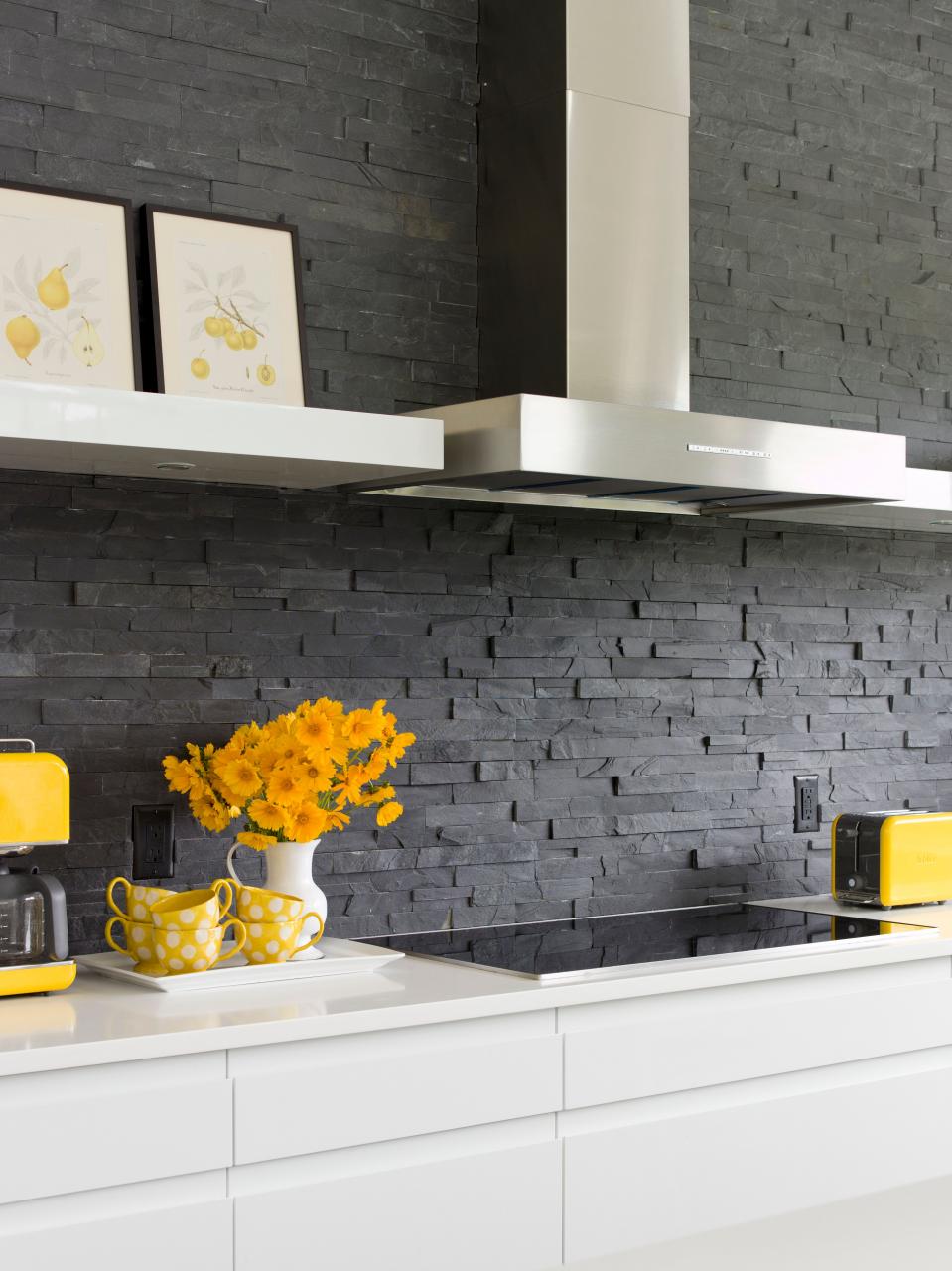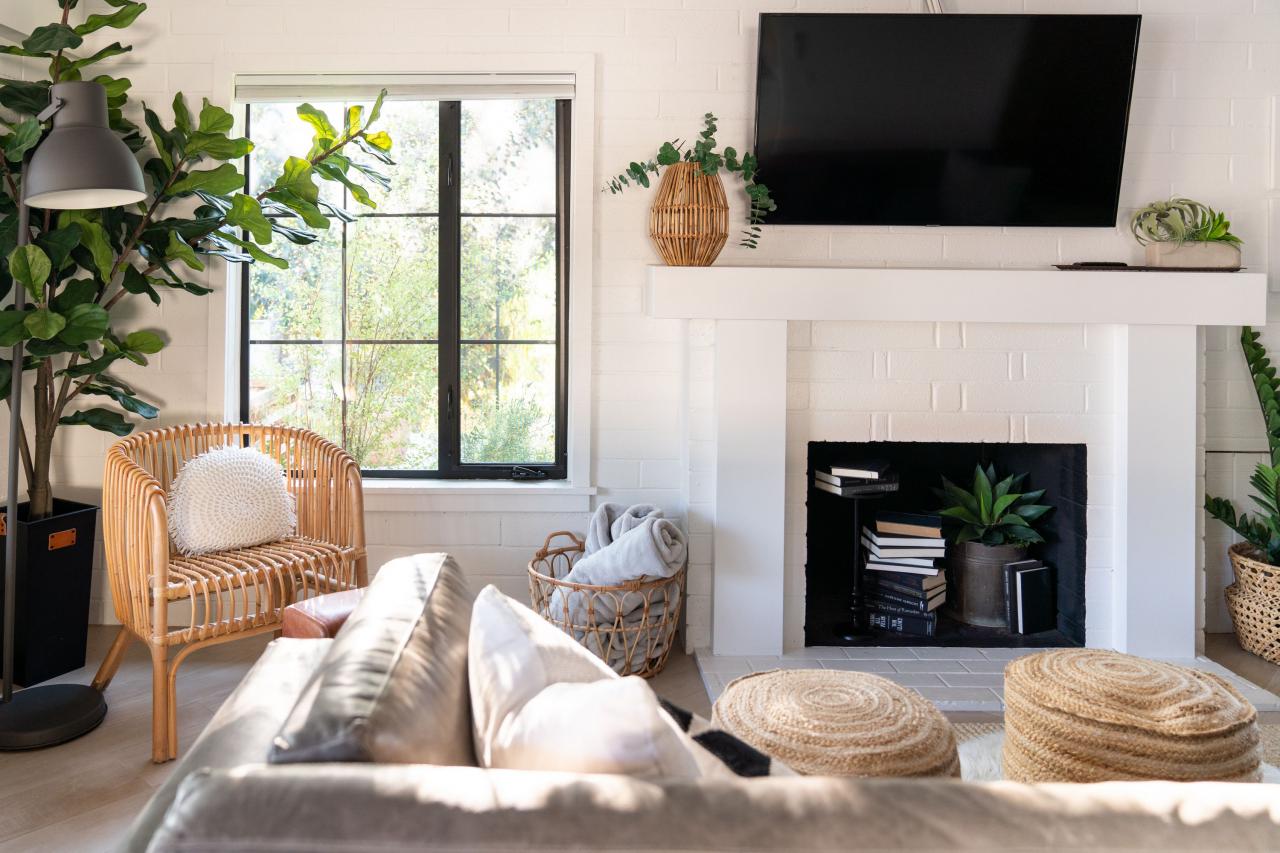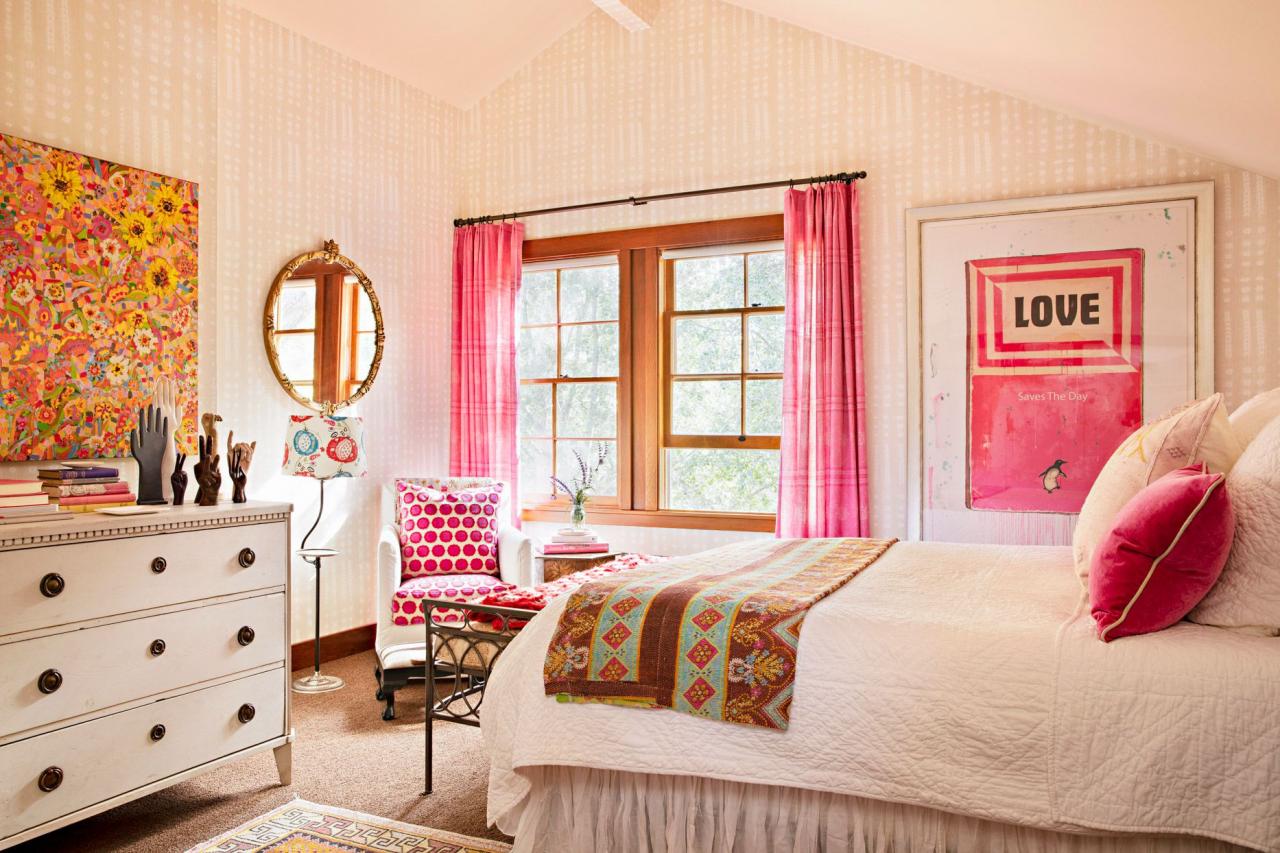Built-in appliances are a hallmark of high-end cooking areas, and fridges incorporate quickly into surrounding cabinets to develop a sleek, fitted, flush appearance. Given that refrigerators that are all set to build-in can cost two to 3 times as much as their freestanding and counter-depth brother or sisters, a true built-in isn’t always in the budget. A variety of tricks can attain the integrated look without the cost.

1. Develop Cabinetry Around It
Surround the refrigerator with cabinets and/or matching panels to cover the top and sides. Select a finish or a trim kit that matches the cabinets.
Pro: Building cabinetry around the refrigerator requires no demolition, making it a reasonably easy and economical choice.
Con: The fridge extends further into the space than a counter-depth design– and beyond the countertops– so you don’t get the very same structured look you ‘d have when the fridge is recessed.
2. Borrow Space

Accomplish a built-in look by using space from an adjacent room to develop a recessed alcove for a freestanding fridge. In this example, the refrigerator specific niche, with open screen space above, was patterned after the surrounding transom-topped entrance to develop visual balance.
Pro: The fridge becomes flush with the wall or cabinetry, offering a customized appearance.
Con: Building an alcove requires demolition and building and construction, and you’ll lose area in the nearby room.
3. Take Stud Space
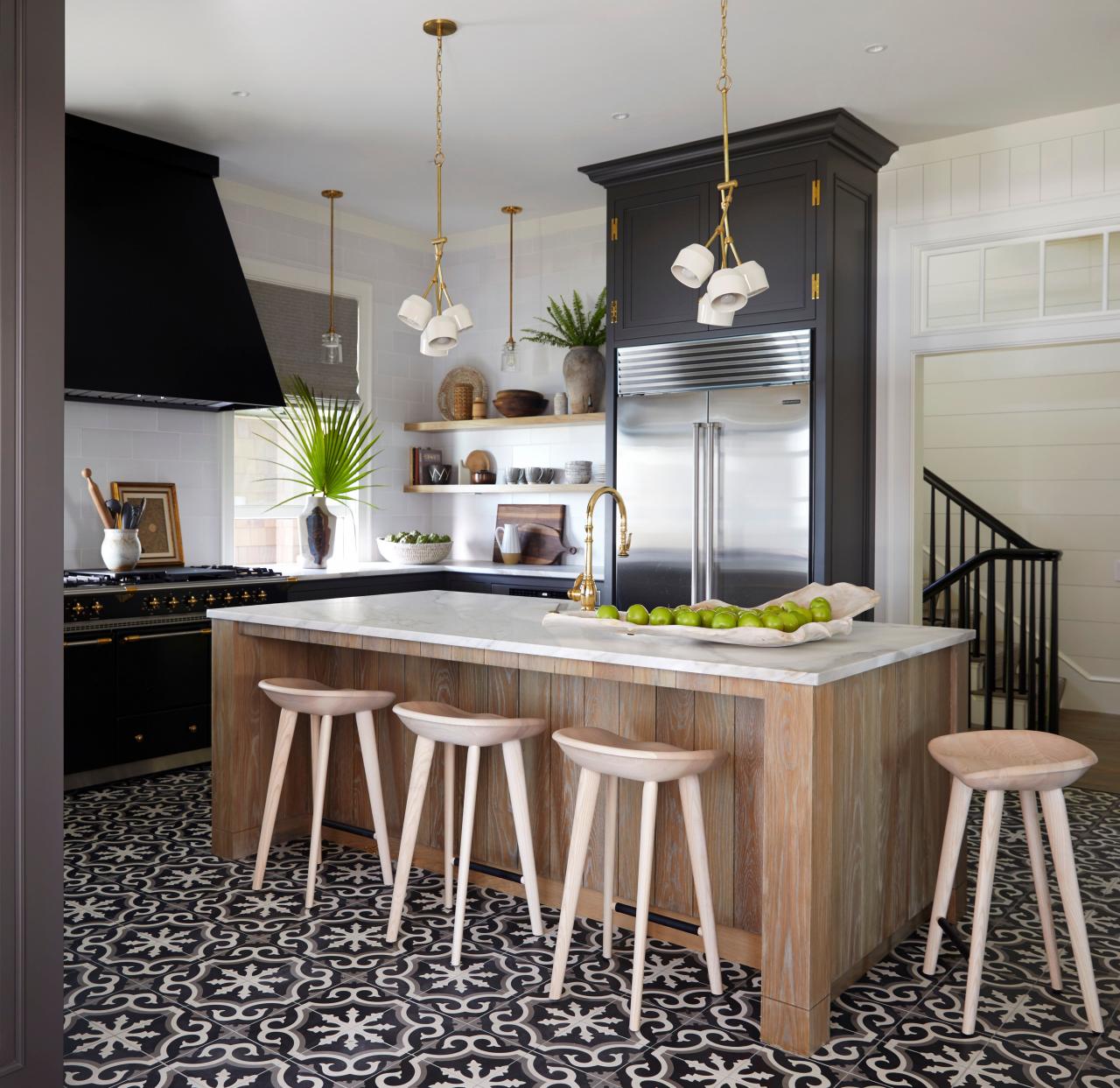
Recess a standard-depth fridge a couple of inches into the wall behind it. This fridge backs into space carved from between wall studs.
Pro: The refrigerator is flush with the cabinets without stealing space from another space.
Con: Some demolition and building and construction is needed to recess the refrigerator into the wall.
4. Make It a Focal Point
Build a kitchen cabinetry wall around a freestanding fridge. Design the cabinets with numerous depths to develop impact and the appearance of a built-in refrigerator. The result changes a fundamental appliance into a centerpiece with great deals of surrounding storage.
Pro: No demolition is needed, and no storage space is wasted.
Con: The cabinets takes up a considerable quantity of wall space, and the multiple depths give it a less structured appearance.
5. Install a False Wall
Push the cabinets forward. A false wall behind these pantry cabinets makes the freestanding refrigerator look like a built-in. The smooth, modular style matches the kitchen’s modern style.
Pro: An incorrect wall enables the cabinet depth to match the fridge depth without cutting into the wall or needing custom cabinets.
Con: Building a false wall needs building work, and the area in between the 2 walls is unusable.
6. Extend the Countertops
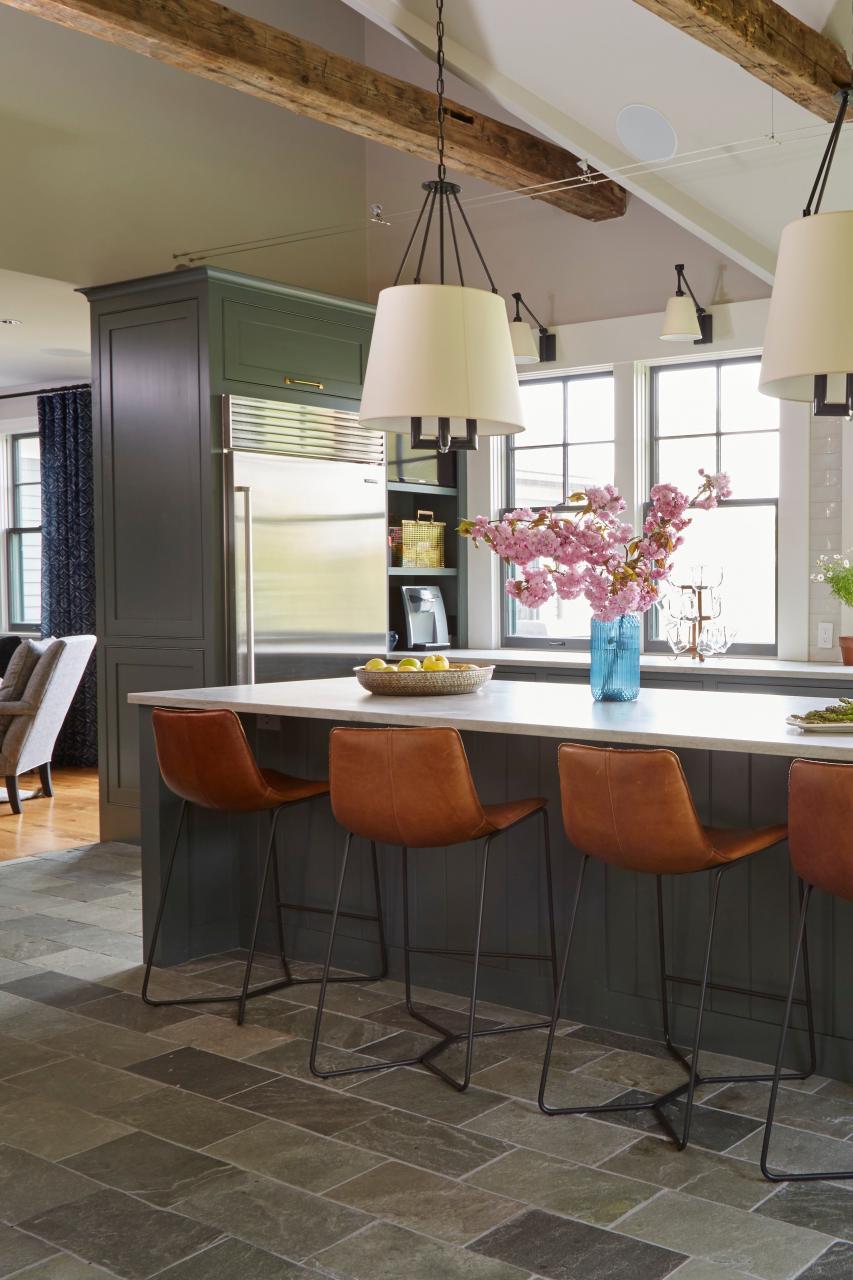
Include deeper countertops, as this illustration shows, instead of moving the refrigerator back. Stacking one or two 2 × fours behind standard-depth base cabinets produces room for deeper-than-usual counter tops. At extra cost, you could opt for deeper base cabinets and also gain more storage space.
Pro: Deeper countertops provide a larger work surface.
Con: Extending the countertops and base cabinets takes away floor space.

